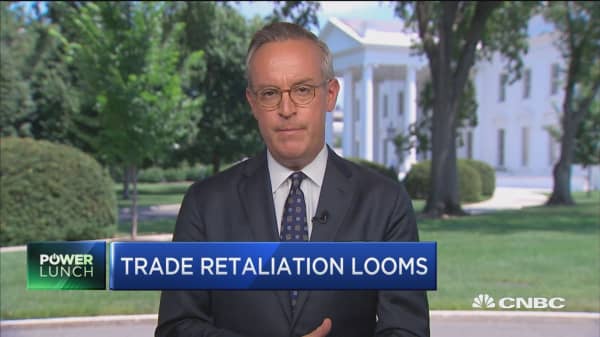As the U.S. and its trading partners continue to ratchet up trade tensions, some states – particularly ones President Donald Trump won in 2016 – can expect to feel a much bigger economic impact than others, according to data compiled by the nation’s largest business lobbying group.
The U.S. Chamber of Commerce on Monday launched a campaign attacking Trump's trade policies with a state-by-state breakdown of the impact of rising tariffs on hundreds of specific products recently targeted by China, Canada, Mexico and the European Union. The data provide a closer look at how the economic fallout from an escalating trade war would be felt unevenly across the country.
Since the Trump administration’s decision earlier this year to raise tariffs on steel and aluminum imports, major U.S. trading partners have retaliated by targeting a growing list of U.S. export products.






